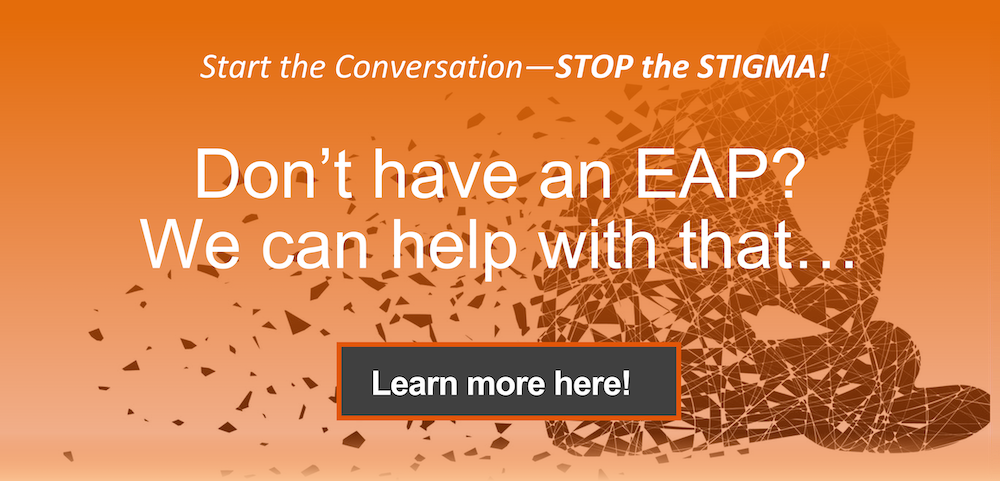Performance reviews, when done right, are more than just a corporate formality—they’re a powerful tool for growth, engagement, and alignment.
As management expert Harry Kraemer puts it, “Good managers know that honest feedback is a gift to their employees.”
Yet, numerous organizations struggle to make performance evaluations meaningful, often reducing them to rushed, checkbox-driven conversations that fail to inspire real progress.
An effective performance review isn’t just about assessing past work; it’s about fostering a two-way dialogue that helps employees understand their impact, develop new skills, and align their goals with the company’s vision. When approached strategically, these reviews become a cornerstone of employee engagement and retention, helping organizations build high-performing teams.
The Problems with Performance Reviews
Despite their intended purpose, many performance review processes fall short of driving real improvement. Studies have shown that traditional performance reviews often lead to frustration and disengagement rather than motivation and growth.
- A Gallup study found that only 14% of employees strongly agree that their performance reviews inspire them to improve. Employees may view these conversations as ineffective and disconnected from their daily work.
- Deloitte research revealed that just 8% of executives believe their current performance management approach drives high levels of value, highlighting a widespread lack of confidence in traditional review systems.
- A study by the Society for Human Resource Management (SHRM) indicated that nearly 90% of performance reviews are ineffective at providing useful feedback and driving development.
One of the biggest challenges is that performance reviews are often backward-looking, focusing on past behavior rather than future growth. Additionally, infrequent reviews make it difficult for employees to adjust their performance in real time, leading to dissatisfaction and disengagement.
Organizations that rely on outdated performance review models risk undermining employee morale and missing opportunities for meaningful development. To address these challenges, companies must rethink their approach, shifting toward a more dynamic, continuous feedback system that prioritizes employee growth and engagement.
Setting the Stage for Effective Reviews
Establishing a structured and thoughtful performance review process sets the foundation for meaningful conversations. When managers and employees enter these discussions with clarity and preparation, the experience becomes more productive and engaging.
establish clear objectives
Before conducting a performance review, it is essential to define its purpose. Reviews should go beyond assessing past performance and focus on employee growth, goal setting, and alignment with the organization’s strategic priorities. Clarity on these objectives ensures that both managers and employees approach the review with the right mindset.
develop a structured process
A well-defined structure helps create consistency across performance reviews. Organizations should establish clear evaluation criteria, standardized templates, and a timeline for the review cycle. Consistency in the process fosters fairness and allows employees to understand how their performance is being measured.
- Standardized evaluation criteria aligned with organizational goals
- Regular review cycles that include check-ins and annual reviews
- Comprehensive documentation of performance discussions and action plans
clarify roles and responsibilities
A successful review process requires active participation from both managers and employees. Managers should provide feedback that is constructive and actionable, while employees should come prepared to discuss their progress, challenges, and career aspirations. Encouraging a two-way conversation promotes engagement and mutual understanding.
- Managers: Offer specific, constructive feedback and help employees set achievable goals.
- Employees: Reflect on accomplishments, challenges, and career aspirations to foster a productive discussion.
Conducting the Performance Review
The review meeting itself plays a crucial role in determining its effectiveness. Proper preparation, active dialogue, and a focus on employee development help ensure that these conversations lead to real progress.
Preparation
A thoughtful review starts well before the meeting. Managers should gather relevant data, including performance metrics, project outcomes, and peer feedback. Employees should reflect on their accomplishments, areas for growth, and questions they would like to discuss. This preparation ensures the conversation is focused and productive.
the review meeting
A performance review should be a dialogue, not a one-sided evaluation. Managers should create an open environment where employees feel comfortable discussing their progress and challenges. Providing specific examples, reinforcing strengths, and addressing areas for improvement with actionable suggestions helps employees stay motivated and engaged.
- Create a safe space for honest discussions about strengths and areas for improvement.
- Use concrete examples to highlight successes and areas needing development.
- Work together to establish realistic, measurable objectives for future performance.
avoiding common pitfalls
Performance reviews can lose effectiveness if certain biases or ineffective communication patterns emerge. Awareness of these pitfalls can lead to more accurate assessments and better outcomes.
- Recency Bias: Overemphasizing recent performance over long-term contributions.
- Halo Effect: Allowing one strong performance aspect to influence the entire review.
- Lack of Specificity: Providing vague feedback that leaves employees uncertain about their progress.
Post Review Actions
Performance reviews should lead to meaningful follow-up actions to ensure progress and growth.
documenting outcomes
Summarizing key points from the discussion ensures alignment on expectations and action items. Documentation helps both parties track progress over time and serves as a reference for future discussions.
- Key discussion points from the review
- Agreed-upon goals and areas for improvement
- Action plans with timelines and responsibilities
follow-up
Performance reviews should not be isolated events. Regular check-ins throughout the year provide opportunities to address challenges, recognize achievements, and adjust goals as needed. Continuous feedback reinforces employee development and helps maintain engagement.
- Monitor Progress: Assess advancement toward the set goals.
- Provide Ongoing Feedback: Offer continuous support and guidance.
- Adjust Objectives as Needed: Be flexible in modifying goals as circumstances change.
Continuous improvement
The performance review process should evolve based on feedback from employees and managers. Organizations should assess whether their review framework aligns with business goals and employee needs, making adjustments to enhance its effectiveness.
Modernizing Performance Reviews
Many organizations are moving away from traditional annual reviews and adopting more frequent feedback mechanisms. Regular conversations about performance provide employees with timely insights, reducing anxiety and making adjustments easier throughout the year.
The recommendations below provide guidance that can make your organization’s review process more effective. An employee assistance program can be a valuable partner in the development of this improved way of evaluating employees.
incorporating continuous feedback
Organizations that prioritize continuous feedback see higher levels of engagement and performance. Studies indicate that employees who receive regular feedback are 3.6 times more likely to be engaged at work.
- Encourage ongoing conversations between managers and employees
- Use informal feedback sessions to reinforce strengths and address areas for improvement
- Shift towards a performance management culture that values real-time communication
leveraging technology
Performance management software can streamline the review process, making it easier to track progress, collect feedback, and analyze performance trends. These tools help managers and employees stay aligned on goals and development opportunities. Artificial intelligence, used carefully, can also add value.
aligning with organizational culture
Performance reviews should reflect the values and goals of the organization. A culture that prioritizes growth, transparency, and employee well-being will naturally benefit from a review process that encourages honest conversations and development-focused feedback.
Done Right, Performance Reviews Can Be Beneficial for Everyone
Effective performance reviews require a structured approach, open communication, and a commitment to employee development. By focusing on clear objectives, continuous feedback, and fair evaluation practices, organizations can create a review process that fosters growth and engagement. When done well, performance reviews become a valuable tool for both employees and employers, driving individual and organizational success.
When you partner with Ulliance, our Life Advisor Consultants are always just a phone call away to teach ways to enhance your work/life balance and increase your happiness. The Ulliance Life Advisor Employee Assistance Program can help employees and employers come closer to a state of total well-being.
Investing in the right EAP or Wellness Program to support your employees will help them and help you. Visit https://ulliance.com/ or call 866-648-8326.
The Ulliance Employee Assistance Program can address the
following issues:
• Stress about work or job performance
• Crisis in the workplace
• Conflict resolution at work or in one’s personal life
• Marital or relationship problems
• Child or elder care concerns
• Financial worries
• Mental health problems
• Alcohol/substance abuse
• Grief
• Interpersonal conflicts
• AND MORE!
References:
How to Conduct a Great Performance Review; Harvard Business Review; Frank Cespedes
https://hbr.org/2022/07/how-to-conduct-a-great-performance-review
More Harm Than Good: The Truth About Performance Reviews; Gallup; Robert Sutton and Ben Wigert
https://www.gallup.com/workplace/249332/harm-good-truth-performance-reviews.aspx
Performance Management Is Broken; Deloitte
https://www2.deloitte.com/gr/en/pages/human-capital/articles/performance-mgmt-is-broken.html
The Performance Review Problem; Society for Human Resource Management
https://www.shrm.org/topics-tools/news/hr-magazine/performance-review-problem



